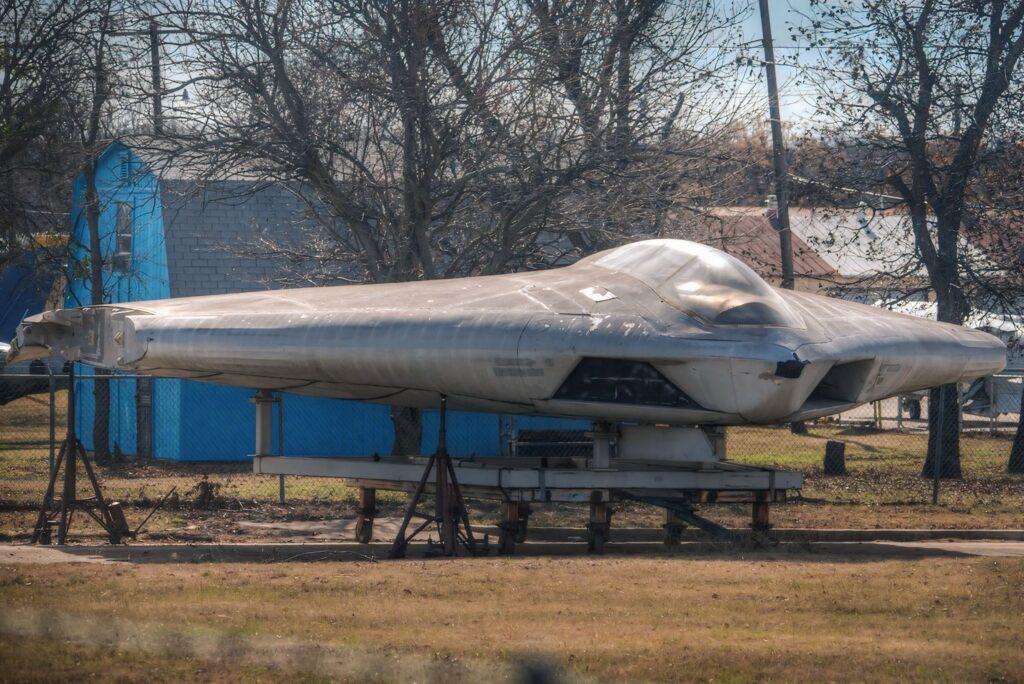
The A-12 Avenger II was meant to be the U.S. Navy’s next-generation stealth attack aircraft, a flying wing designed to replace the aging A-6 Intruder. On paper, it promised everything the Pentagon wanted in the late Cold War era: all-weather capability, low radar signature, advanced avionics, and the ability to deliver precision weapons from the deck of an aircraft carrier. Instead, it became one of the most expensive cancellations in American aviation history—a program that consumed billions of dollars, produced no operational aircraft, and left behind a trail of lawsuits, political fallout, and hard lessons in defense spending.
Awarded to McDonnell Douglas and General Dynamics in 1988, the A-12 was envisioned as a carrier-based, subsonic flying wing with a triangular “batwing” profile. The design was strikingly different from anything the Navy had fielded before. The radar-absorbent shape, flush-mounted engines, and internal weapons bays were all inspired by the emerging world of stealth technology, which had already produced the F-117 Nighthawk and was paving the way for the B-2 Spirit. The Navy expected the A-12 to enter service by the mid-1990s, giving it a stealth aircraft capable of penetrating modern air defenses long before the F-35 was even imagined.
But the program quickly ran into trouble. The aircraft’s size, weight, and materials posed engineering challenges far beyond what had been estimated. The flying wing structure had to survive the stresses of carrier launches and arrested landings, something no stealth aircraft had ever done. Weight spiraled upward, making it too heavy for carrier catapults. Costs soared right along with it. By 1990, the program was already years behind schedule and billions over budget, with no working prototype in sight.
In January 1991, then-Defense Secretary Dick Cheney made the decision to cancel the A-12 outright, calling it a “textbook example of how not to run a program.” At the time of termination, more than $2 billion had already been spent, and the Navy still had nothing flyable to show for it. What followed was a decades-long legal battle between the contractors and the Pentagon over who was responsible for the failure. The courtroom fight lasted longer than the aircraft program itself.
The cancellation left a gap in naval aviation that wasn’t fully filled until the arrival of the F/A-18E/F Super Hornet and, later, the F-35C. It also forced the Navy to rely on upgraded legacy aircraft rather than the stealth strike platform it had hoped for. In hindsight, the A-12 became a cautionary tale in over-promising, under-estimating risk, and rushing to apply still-maturing stealth technology to a mission environment—carrier aviation—that added its own complications.
Although the A-12 Avenger II never took flight, it influenced the next generation of naval aircraft and helped shape the conversation around cost, capability, and realism in military procurement. Its legacy lives on as a reminder that not every leap in technology clears the runway.


